Great Design Plant: Sea Grape, a Hardy Coastal Delight
http://decor-ideas.org 02/17/2014 23:24 Decor Ideas
The bright green mouse-ear leaves of the native sea grape tree make me smile. It isn’t just because sea grapes are drought tolerant and salt tolerant — or even because they help stabilize dunes. It’s the plant’s bubbly appearance and happy-go-lucky attitude that make my heart melt.
Luckily, it’s very easy to please. Gardeners in USDA climate zones 9b through 11 can grow it in the ground as either a tree or a large shrub, and anyone farther north can grow it in containers or as a houseplant.
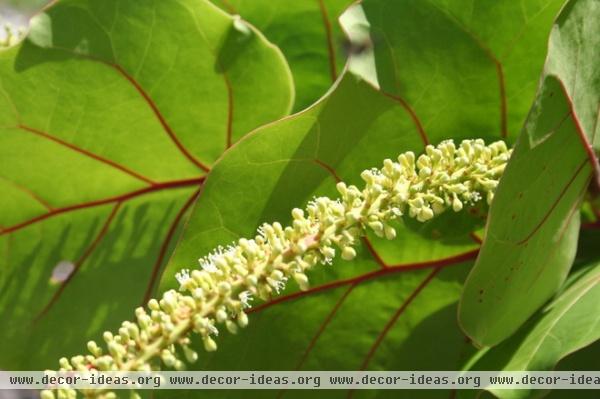
Botanical name: Coccoloba uvifera
Common names: Sea grape, seagrape
Origin: Native to coastal regions of south Florida, Mexico, the Caribbean, Central America and South America
Where it will grow: Hardy to 24 degrees Fahrenheit (USDA zones 9b to 11; find your zone), possibly to 20 degrees with protection
Water requirement: Low
Light requirement: Partial to full sun
Mature size: Up to 35 feet tall and wide; can be maintained as a shrub
Benefits and tolerances: Drought tolerance and salt tolerance make sea grape an ideal tree or shrub for coastal locations. Its strong yet flexible wood helps it stand up to tropical storms, and it can recover from brief flooding. Its flowers attract pollinators, and its fruits attract birds.
Seasonal interest: When a male and female tree are present, it produces fragrant flowers from late spring to early summer and long bunches of fruit through summer. New leaves emerge shiny and coppery, and old leaves take on intense hues of yellow, orange and red.
When to plant: Fall through spring; if planting in summer, water often for the first few weeks
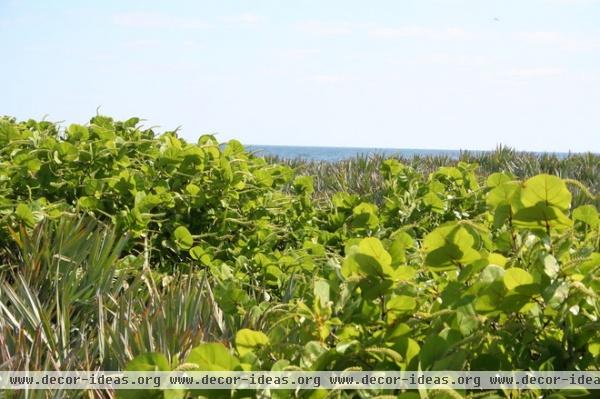
Distinguishing traits. This buckwheat relative is a plant like no other, with round, leathery apple-green leaves with bright red veins that catch the beach’s sunlight like stained glass windows. Up close, the dinner-plate-size leaves look almost comically huge, but from a distance, the collective overlapping leaves look something like a three-dimensional rendition of a pointillist painting by Seurat.
Walking along a beach while the sea grapes are in bloom is an unforgettable experience, thanks to their sweetly fragrant leaves, but it’s the resulting fruit that most people are after. The so-called “grapes” hang down in clusters in summer, turning from green to purple when they are ripe and ready for picking. They can be eaten out of hand but are at their best when made into preserves or sea grape wine. You need only a female tree to produce flowers, but you will need both a male and female tree for pollination and subsequent fruit.
Some find the flowers and fruit to be messy, so either plant sea grape well away from paved surfaces or spray the debris off with a hose.
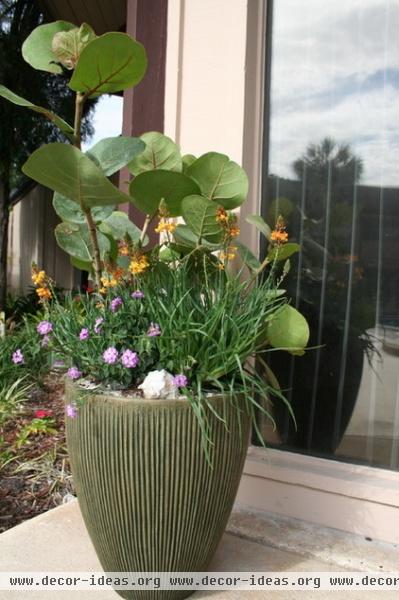
How to use it. With their naturally sprawling form, sand-catching leaves and strong network of roots, sea grapes were built for stabilizing dunes and are among the most effective plants for preventing erosion. Their branches extend nearly to the high-tide line, owing to their supreme salt tolerance.
You don’t have to live on the beach to enjoy sea grapes, though. They can be grown inland just as easily, and it’s there that they really stand out the most. Use them as a replacement for invasive exotic trees such as banyans and Schefflera.
Keep them clipped to form a large hedge, prune out the lower branches to create a stunningly architectural tree, or let them grow loosely in a naturalistic garden. Plant sea grapes among finely textured plants to show off their coarse leaves to best effect. Other Florida natives that make good companions for sea grapes include coontie (Zamia floridana, zones 8b to 11), dwarf yaupon holly (Ilex vomitoria ‘Nana’, zones 7 to 11), coral bean (Erythrina herbacea, zones 8 to 11) and blanketflower (Gaillardia pulchella, zones 3 to 11).
An unexpected yet totally appropriate way to grow sea grapes is as houseplants; they add a touch of the West Indies. I created the combination planting shown here with just that in mind. When grown indoors they require average humidity, moist soil and a brightly lit room to grow at their best. Common pests include scale insects and mealybugs, especially on plants that are stressed by drought, but those are easily removed by hand or with insecticidal soap and a paper towel.
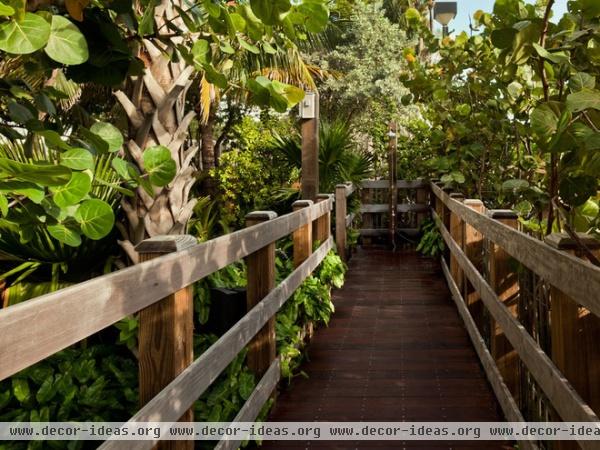
Planting notes. Sea grapes are nearly pest free and are at home in dry and inhospitable coastal sand dunes, so it goes without saying that they can handle pretty much anything — well, with the exception of cold.
The leaves will be damaged by frost or below-freezing temperatures, but established trees will recover from temperatures as low as 20 degrees Fahrenheit. I have successfully grown sea grape as a returning perennial at the edge of zone 8b and 9a in Jacksonville, Florida, by planting it in a protected location under a tree. You can find established bushes as far north in the state as St. Augustine.
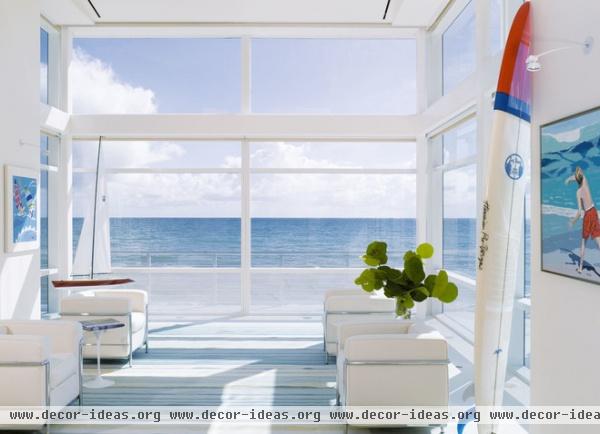
While these are exceedingly drought-tolerant trees once they’ve become established, they need deep waterings until their roots dig deeply enough to find water on their own, especially in sandy soil. Fertilize with a balanced fertilizer according to the label instructions two or three times a year.
Sea grape is easy, durable and just has so much personality that you’ll find yourself giving your specimen plant a pet name, as I did with my own. (Her name is Peppy.) Whether you’re trying to add local flavor to your coastal tropical garden or just trying to bring a little resort style to your home, sea grapes are sure to bring a smile to your face as well.
More: How to Make Your Oceanfront Garden Thrive
Related Articles Recommended












